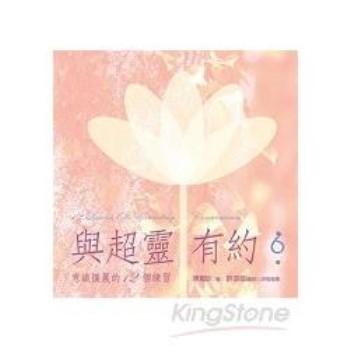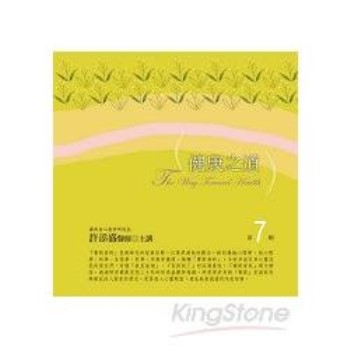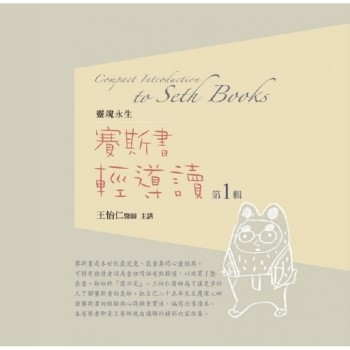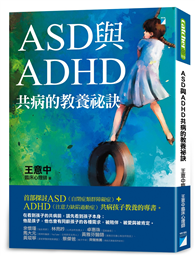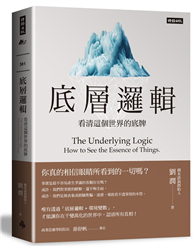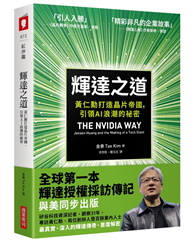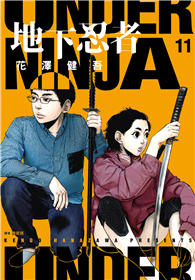Routledge Handbook of East Asian Translation showcases new research and developments in translation studies within the East Asian context.
This handbook draws attention to the diversity of scholarship on translation in East Asia, and its relevance to a variety of established and emerging fields. It focuses on hitherto less-explored interactions, such as intra-Asian translation encounters, translation of minority languages, and translation between East Asian and non-European languages, while also contributing to a thriving body of historical scholarship on East Asian translation traditions. Contributions reflect a growing awareness of the cultural and linguistic heterogeneity within nations, and the reality of multilingualism and plurilingualism among many communities in East Asia. A wide variety of translatorial practices are discussed, including the creative use of Chinese in Japanese-language novels, the use of translation to evade censorship online, community theatre translation, and translation of picture books. The volume also includes contributions by practitioners, who reflect on their experiences of translation and of developing training programmes for community interpreters.
This handbook will appeal to researchers and students of translation and interpreting studies. Chapters are likely to be of value to those working, not only in East Asian studies, but also disciplines such as literary studies, global cultural studies, and LGBT+ studies.


